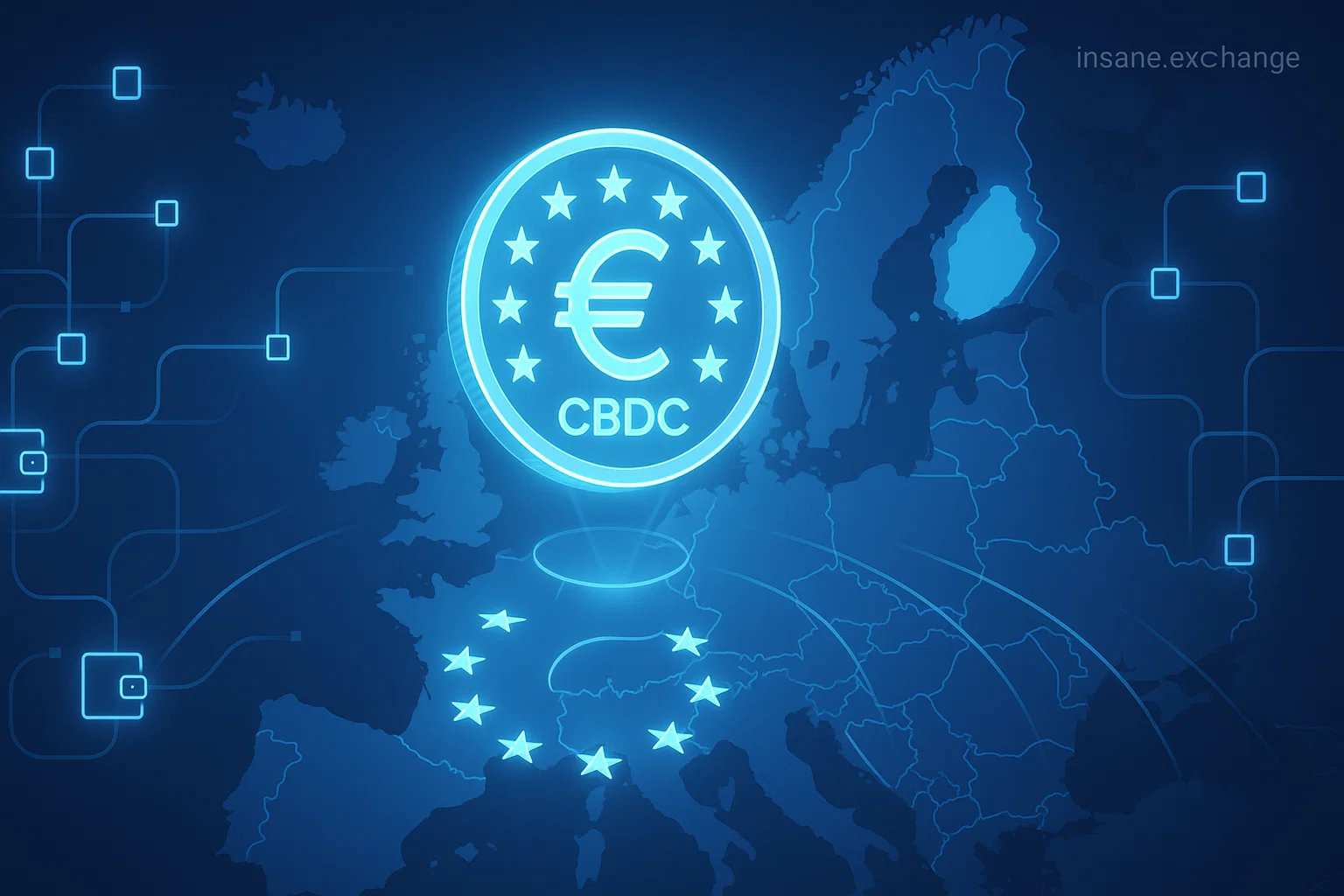
The conversation surrounding a digital version of the Euro has been accelerating, and in 2025, the European Central Bank (ECB) is deep into its investigation phase for a potential Central Bank Digital Currency (CBDC).
For citizens and businesses in Sweden, a country already at the forefront of cashless payments with its own e-krona project, the prospect of a digital Euro represents a significant and potentially transformative evolution of the financial system.
While a final decision on issuance is still pending, the design choices and policy goals being discussed will have profound implications for privacy, commercial banking, and the role of digital assets within the European Union.
The Motivation Behind the Digital Euro
The ECB’s exploration of a digital Euro is driven by several key strategic goals. First, in an increasingly digital world, there is a concern that the use of public money (i.e., physical cash) is declining. A CBDC would ensure that citizens always have access to a safe, government-backed form of digital money, maintaining the role of the central bank in the digital age.
Second, it is a response to the growing influence of non-European payment providers and the rise of private digital currencies like stablecoins. A digital Euro is seen as a way to strengthen the monetary sovereignty of the Eurozone and reduce its reliance on foreign payment infrastructure.
Third, the ECB hopes that a digital Euro could serve as a platform for innovation, providing a new, highly efficient payment rail upon which European fintech companies can build new products and services. The exploration of these new fintech solutions for finance is a key part of the project.
The Proposed “Supervised Anonymity” Model
One of the most debated aspects of the digital Euro is the issue of privacy. The ECB has stated that a digital Euro would not be fully anonymous like cash, as this would create risks related to money laundering and illicit financing.
However, they have also acknowledged the public’s strong desire for privacy in their daily payments. The proposed solution is a model of “supervised anonymity.” For small, everyday online and offline transactions, the digital Euro would offer a degree of privacy similar to cash. For larger transactions, users would be subject to standard anti-money-laundering (AML) checks.
This tiered approach attempts to balance the user’s right to privacy with the need to prevent illicit activity. The debate over where to draw this line will be a crucial part of the digital Euro’s design.
The Role of Commercial Banks and Intermediaries
The ECB has been clear that it does not want to disintermediate the commercial banking sector. Therefore, the digital Euro would likely be distributed through existing banks and payment service providers. These supervised intermediaries would be responsible for onboarding users, managing digital wallets, and providing front-end services. This means that for the end-user, interacting with the digital Euro might feel very similar to using their current online banking app.
The ECB would be responsible for the back-end settlement, while the commercial banks would manage the client-facing relationship. This partnership model is designed to leverage the existing financial infrastructure and expertise of the banking sector. The specifics of how different account types would interact with the digital Euro are still being worked out.
Implications for the Broader Crypto Ecosystem
The introduction of a digital Euro would have a significant impact on the crypto-asset market within the EU. On one hand, a government-backed, risk-free digital currency could reduce the demand for privately issued stablecoins. On the other hand, the increased public familiarity and comfort with digital wallets and blockchain-based transactions could act as a gateway, making it easier for people to explore the wider world of crypto assets.
The new regulatory framework, Markets in Crypto-Assets (MiCA), is already providing a clear set of rules for the crypto industry in the EU. A digital Euro would be another major piece of this evolving regulatory puzzle.
For global trading platforms that operate within the EU, such as the YWO trading platform, adapting to this new, hybrid financial system, one that includes both traditional assets, crypto-assets, and a CBDC, will be essential for serving the needs of their European clients. The rollout of a digital Euro, while still years away, will undoubtedly be a defining chapter in the future of European finance.
Numbers Gordon is a young, creative mind that has a knack for working with numbers. After discovering her love for cryptoartworks in college, she has made it her life's mission to create experimental and innovative art pieces that push the boundaries of what is possible. She is 30 years old and resides in the city of Los Angeles.
